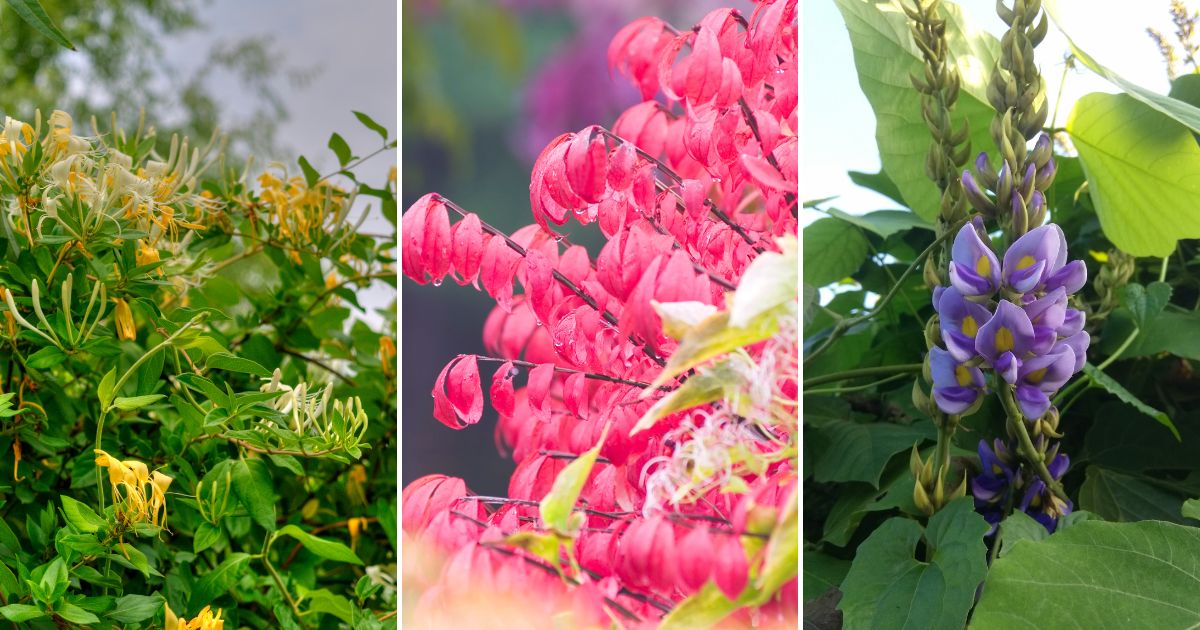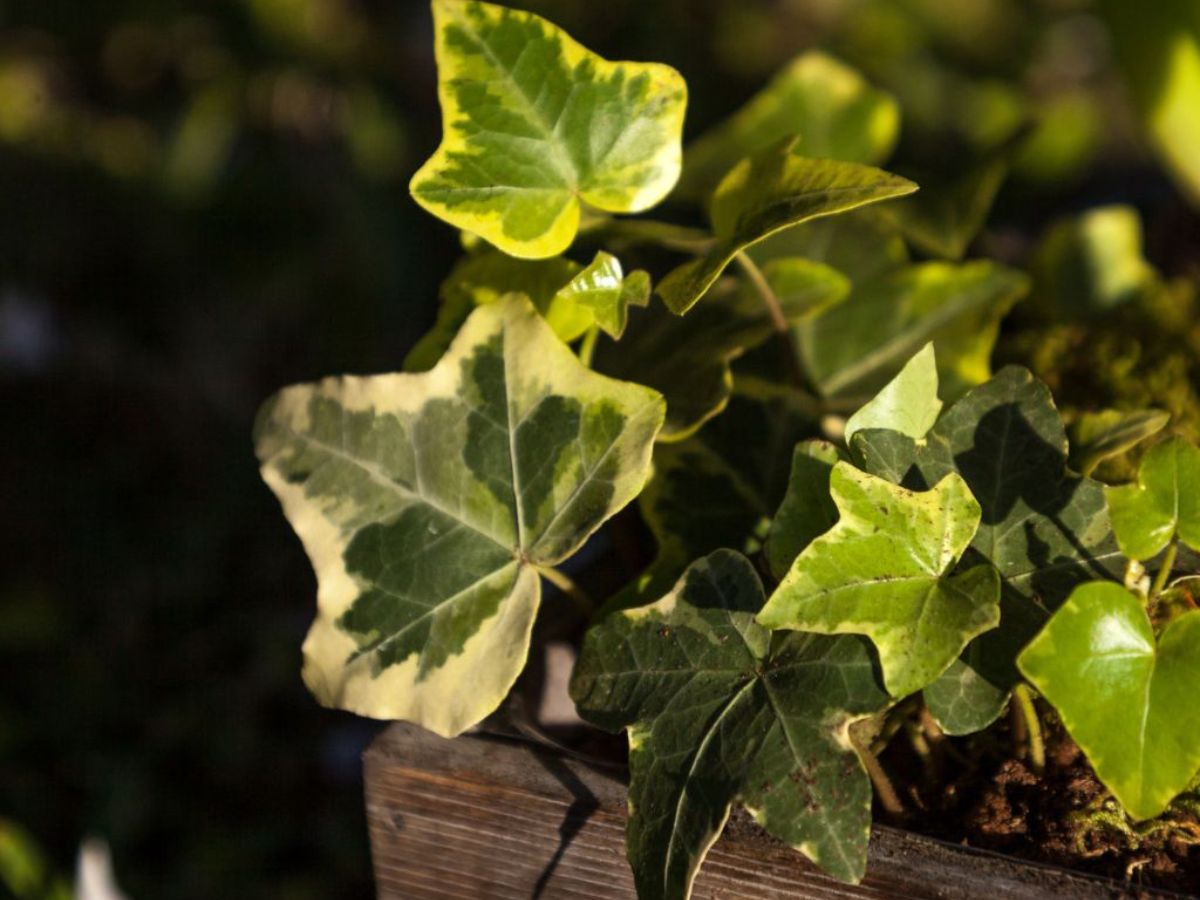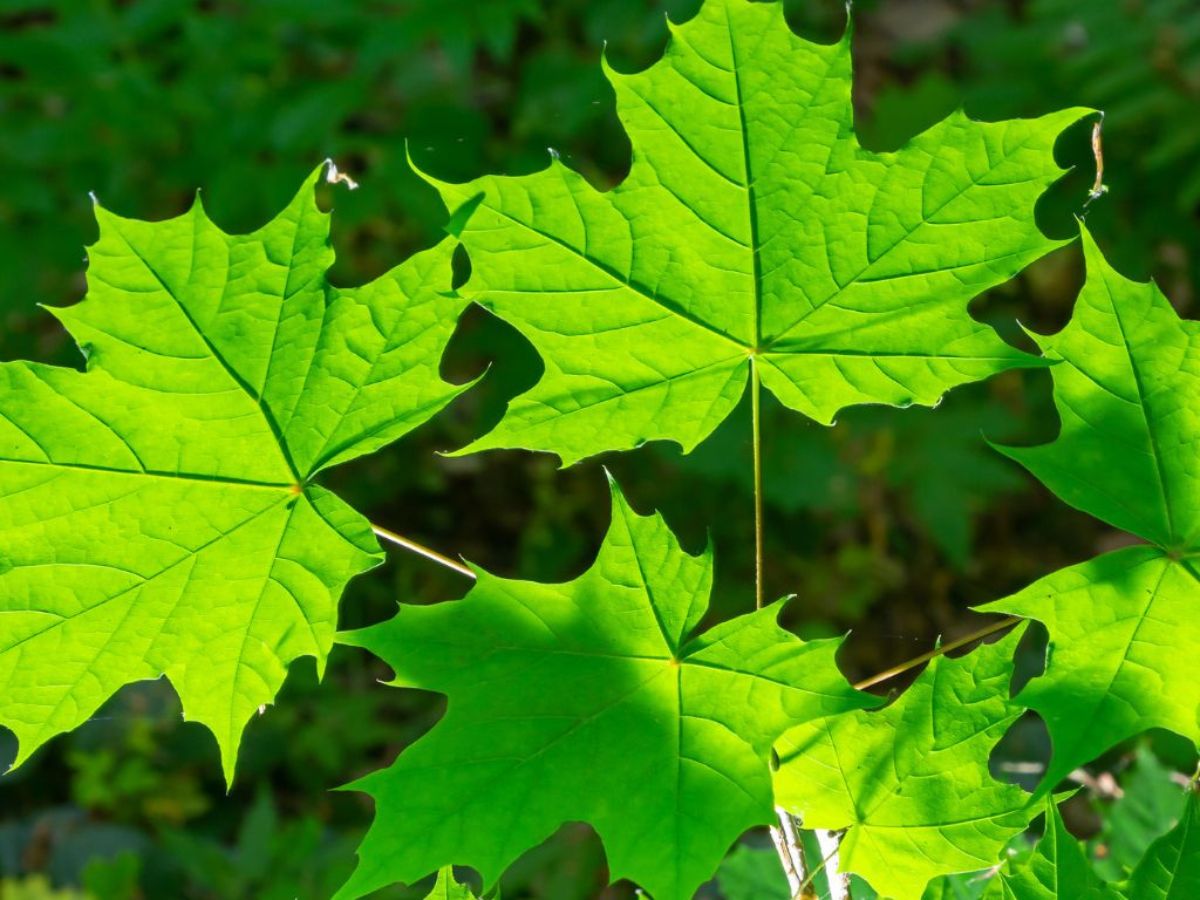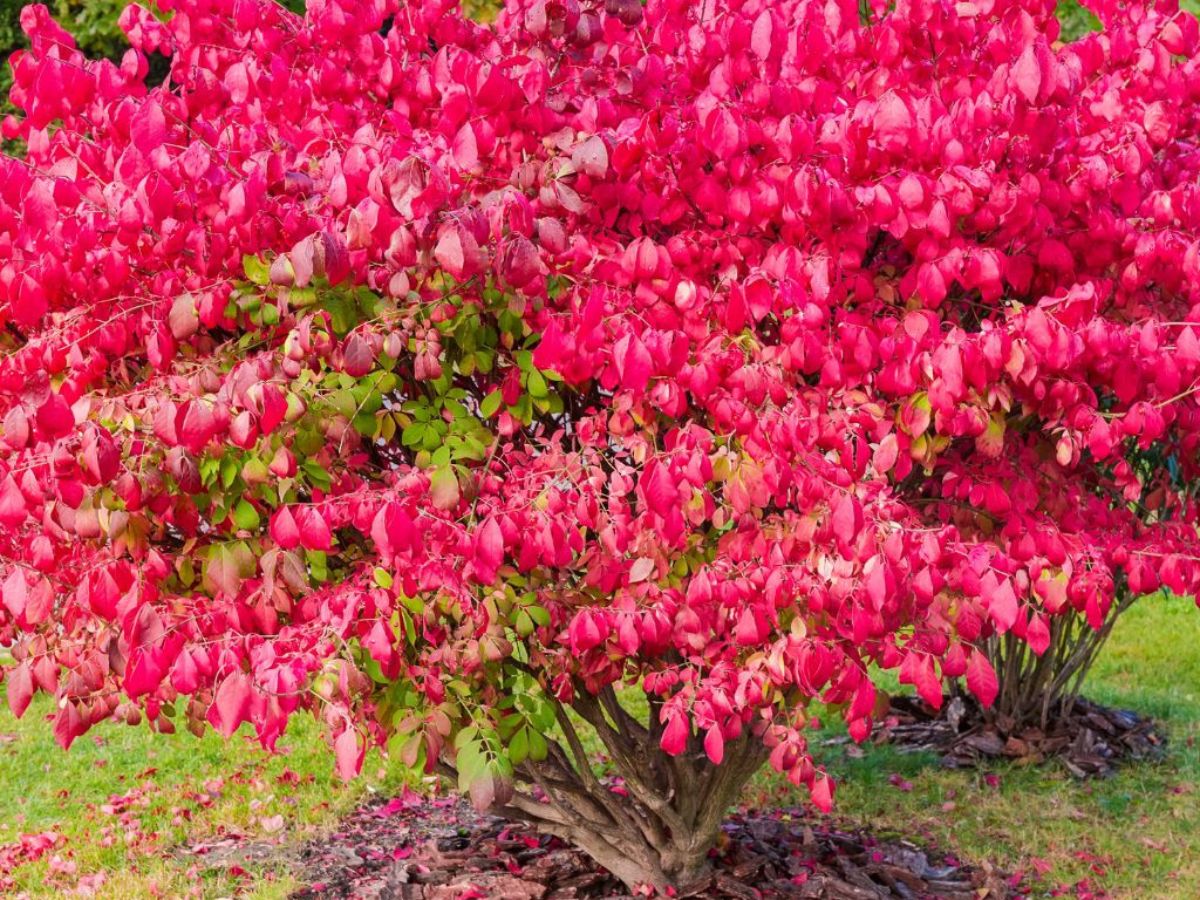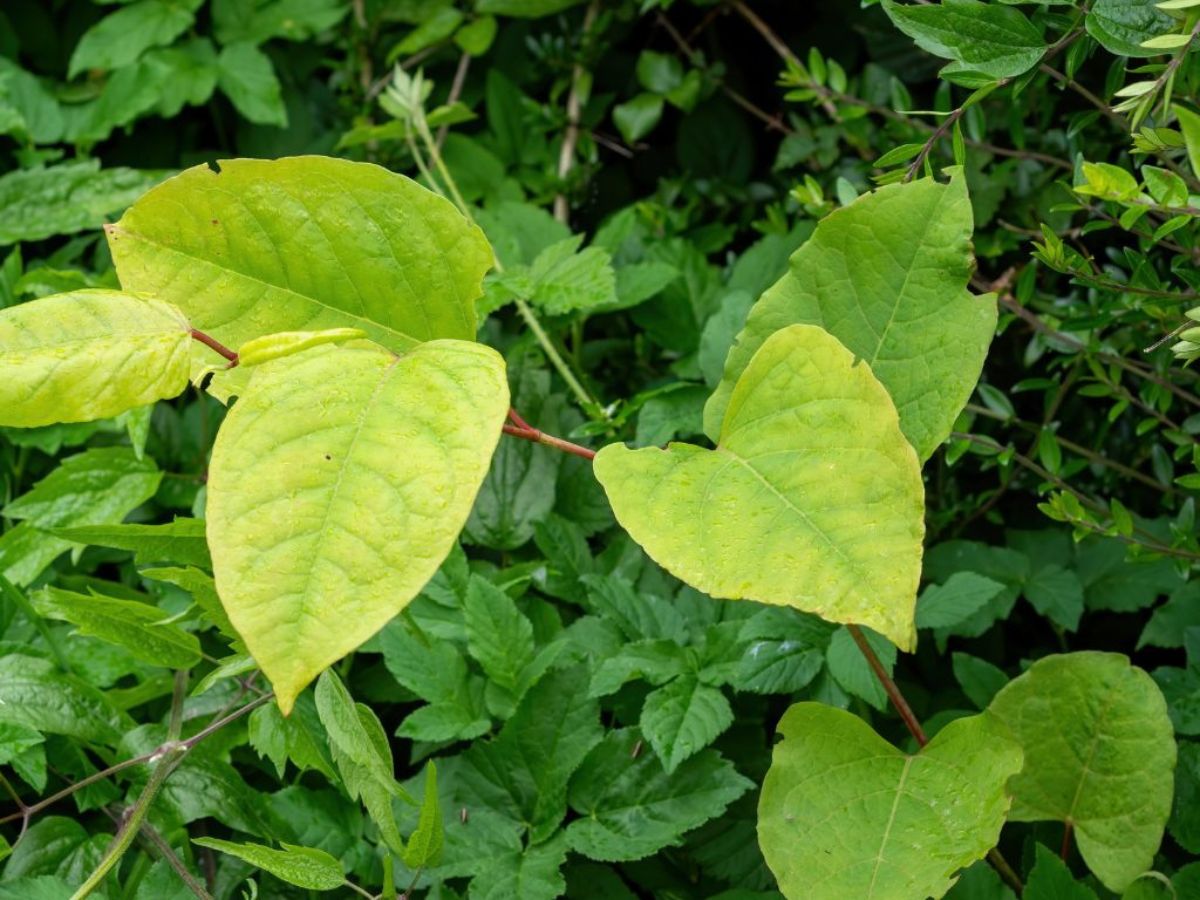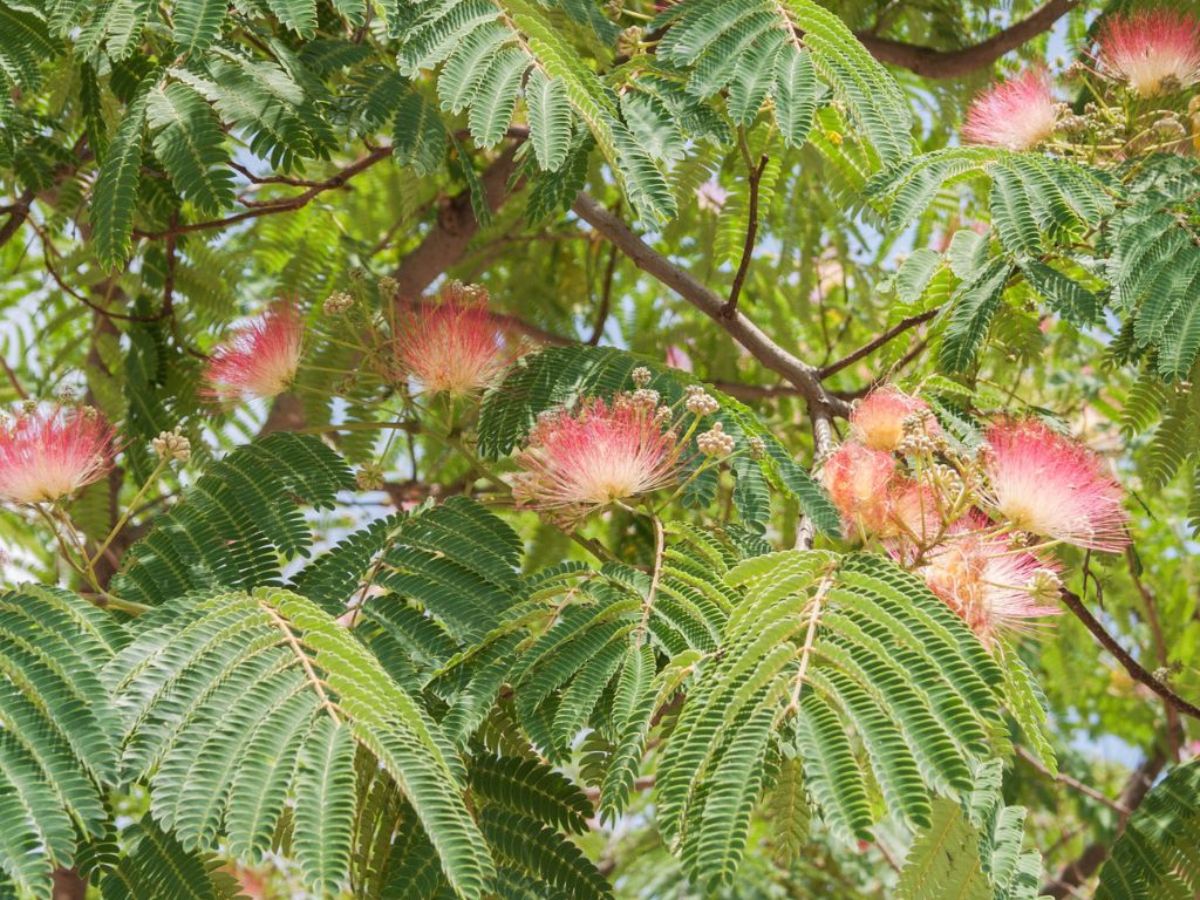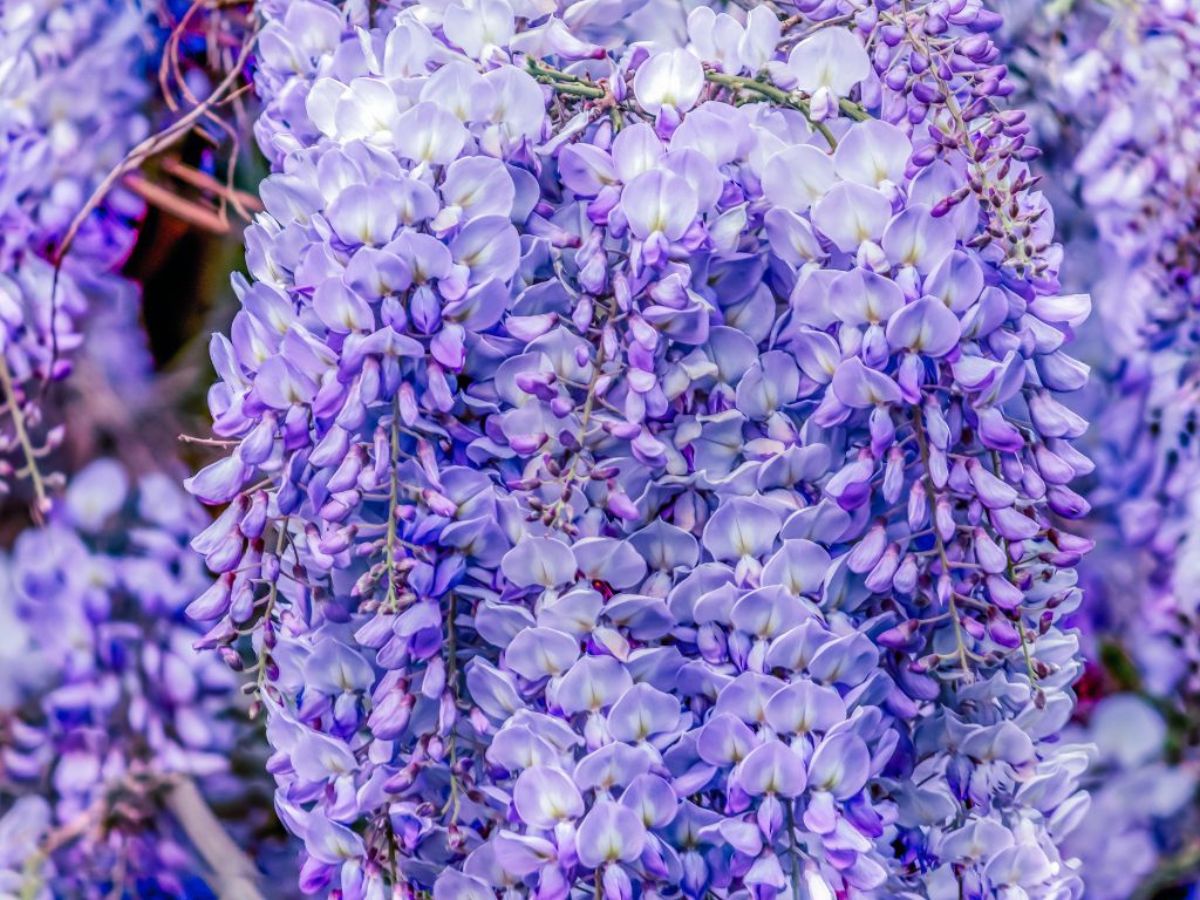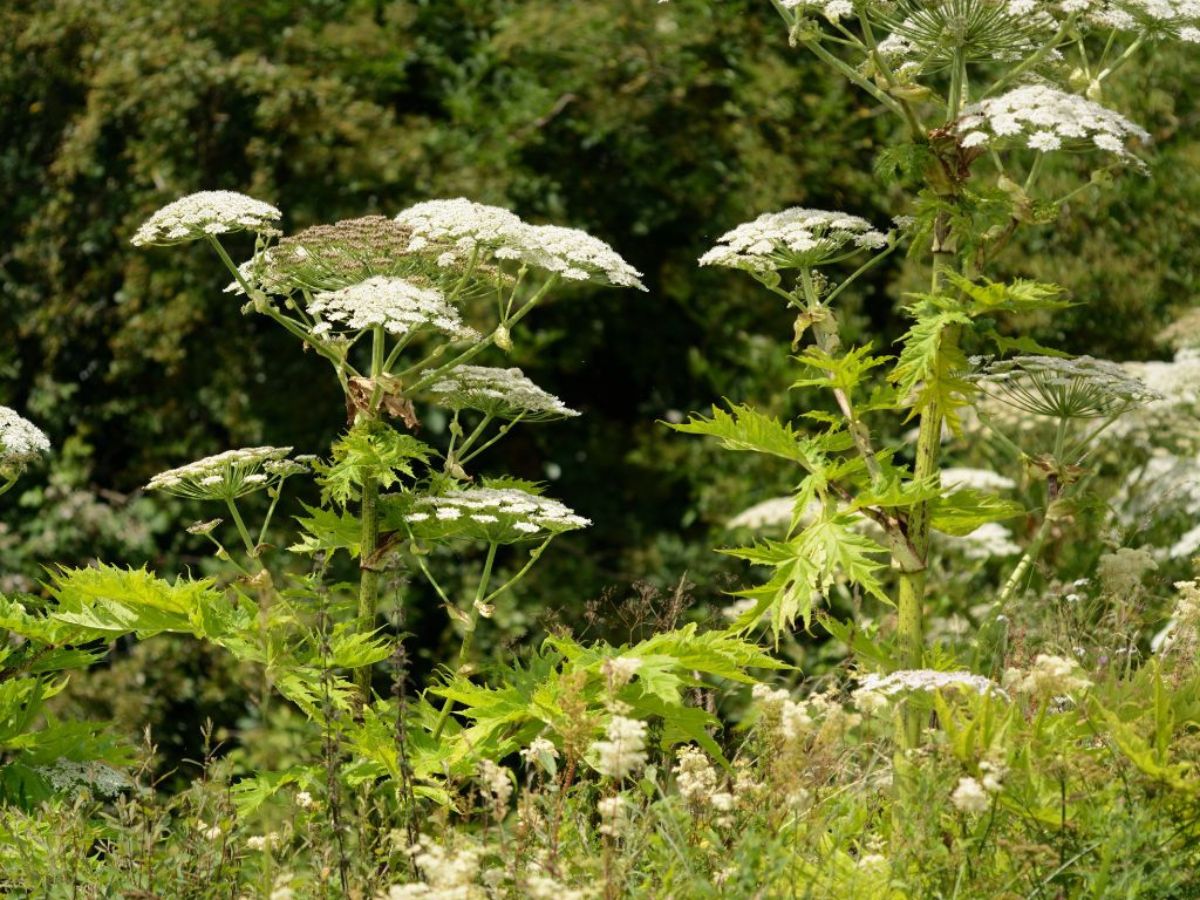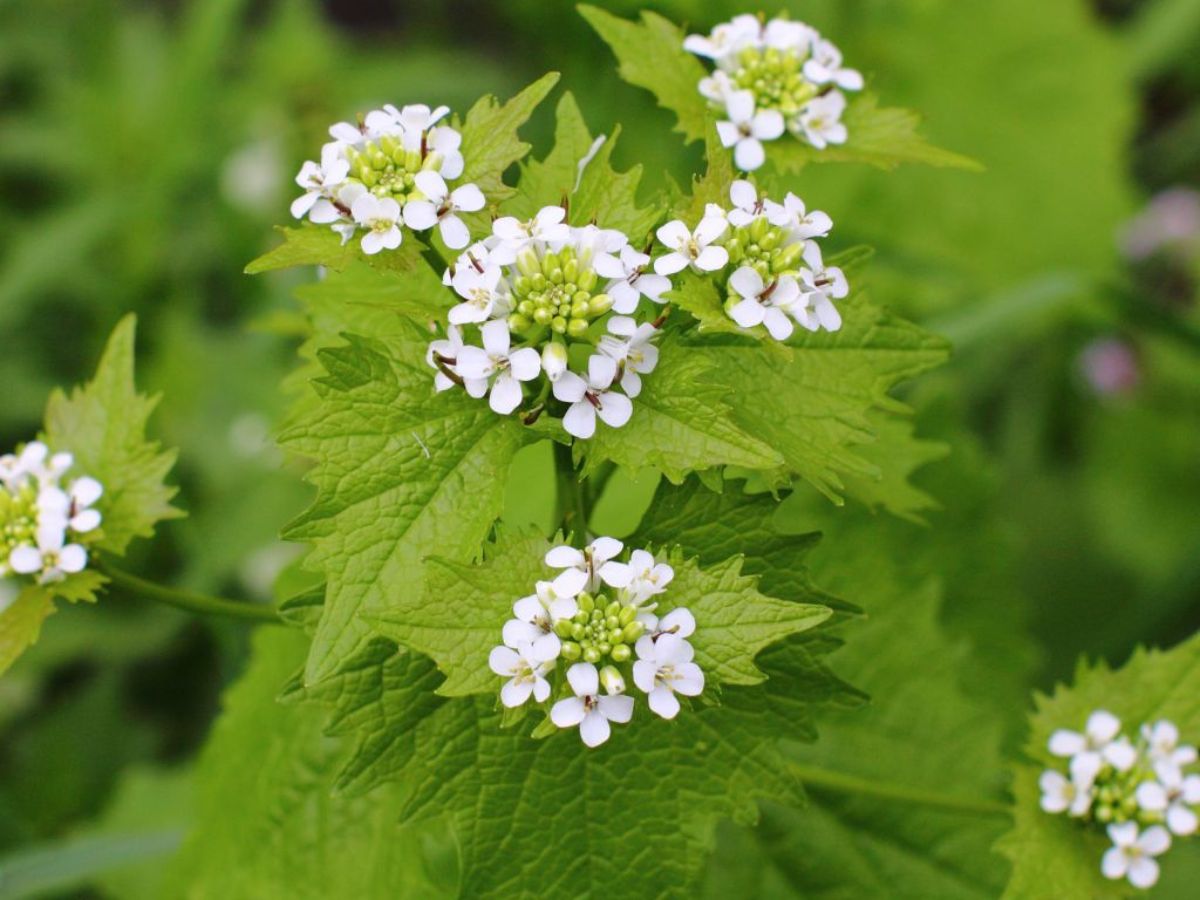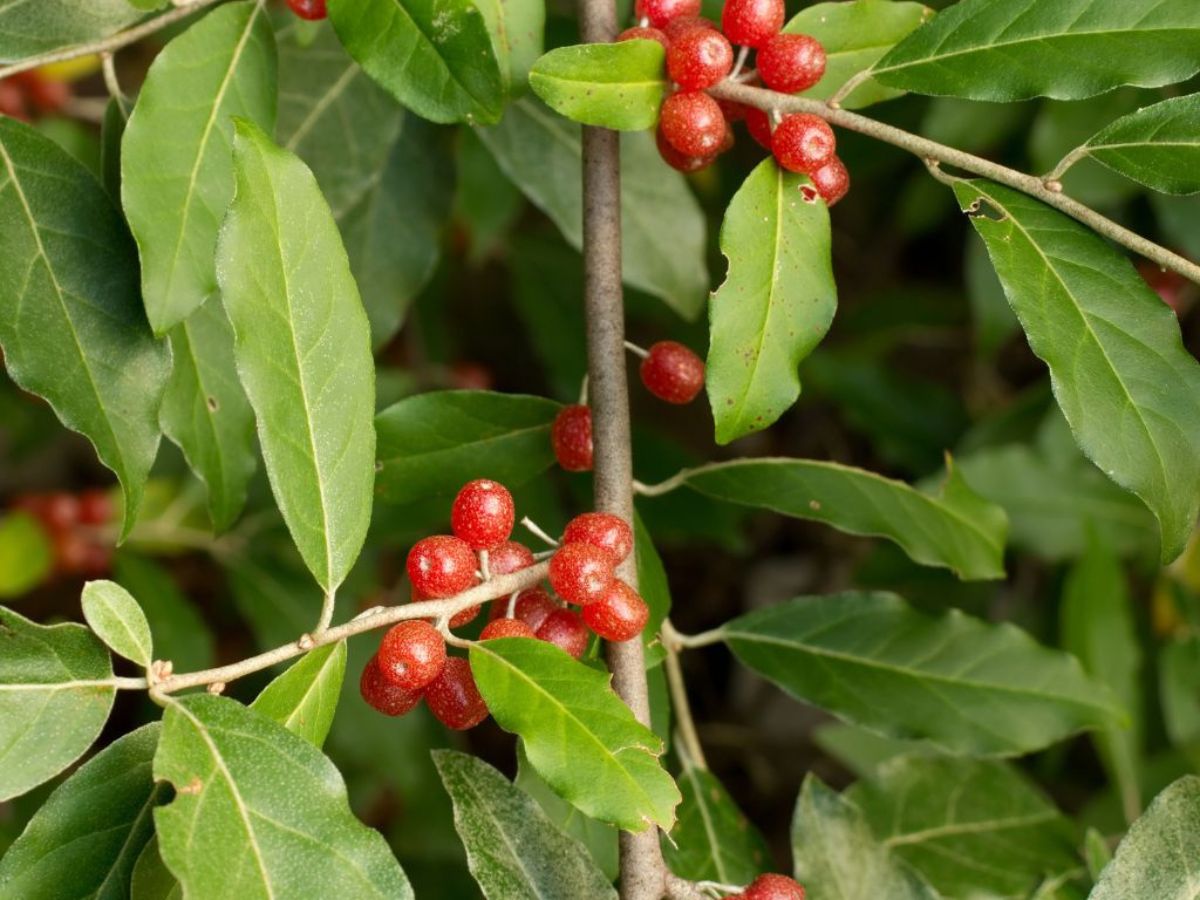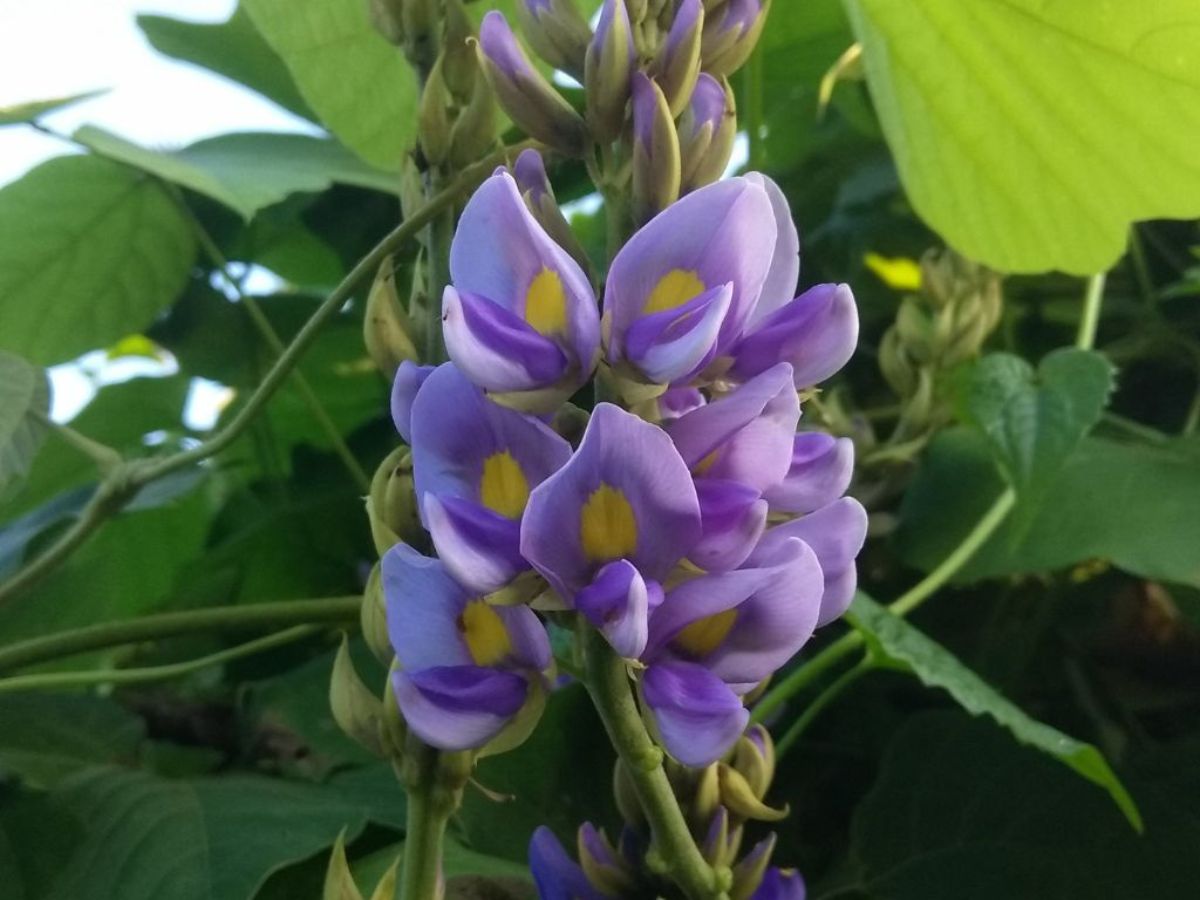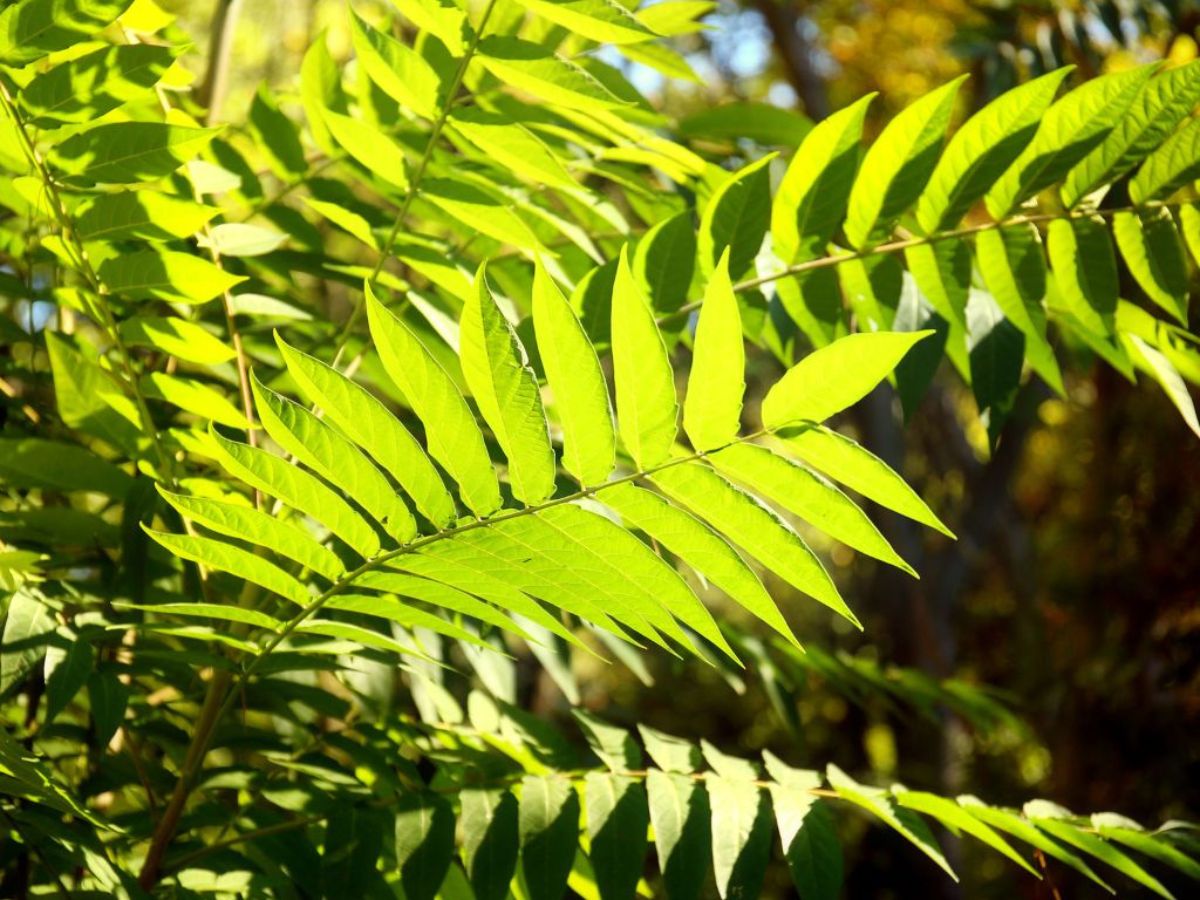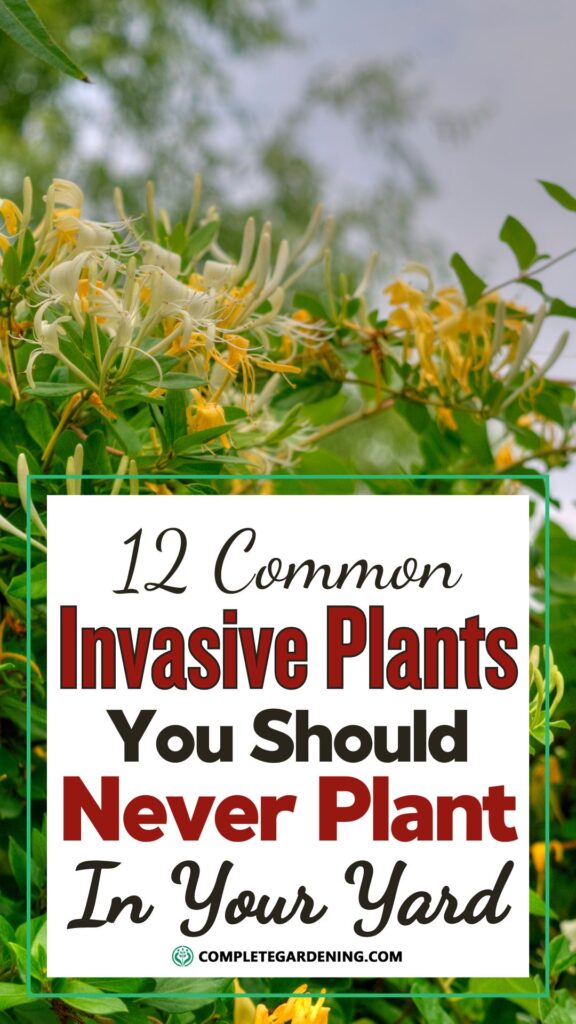Invasive plants are the bullies of the garden world. They may look beautiful or even serve a purpose, but they can wreak havoc on your yard and the local ecosystem.
Many invasive plants spread rapidly, choking out native species and disrupting the natural balance. Some even cause physical damage to property or pose health risks to humans and pets.
Before you plant anything in your yard, it’s crucial to know which plants to avoid to prevent long-term problems. Here’s a list of common invasive plants that you should never plant in your yard.
1. English Ivy (Hedera helix)
English ivy is often admired for its lush, green leaves and its ability to cover walls and create an old-world charm. However, this plant is a notorious invader.
It grows aggressively, both as a ground cover and as a climber, smothering trees, shrubs, and other plants. Once it climbs trees, it can add significant weight, potentially causing them to topple in storms. It can also damage brick and mortar when it climbs buildings.
Worse still, English ivy harbors bacteria that can cause tree diseases like bacterial leaf scorch.
Better Alternatives: Instead of English ivy, consider planting Virginia Creeper (Parthenocissus quinquefolia) or Cross Vine (Bignonia capreolata), both of which provide similar visual appeal without the invasive tendencies.
2. Japanese Honeysuckle (Lonicera japonica)
Japanese honeysuckle is another beautiful but problematic plant. Its fragrant flowers make it tempting to grow, but this vine can quickly take over gardens, forests, and roadsides.
It strangles trees and shrubs by wrapping tightly around them, blocking sunlight, and ultimately causing them to die. Japanese honeysuckle spreads easily by seeds and through its vigorous underground runners, making it a tough plant to eradicate once established.
Better Alternatives: Opt for native honeysuckle species like Trumpet Honeysuckle (Lonicera sempervirens) which provides nectar for pollinators without the aggressive spread.
3. Norway Maple (Acer platanoides)
At first glance, the Norway maple might seem like a great choice for a shade tree. It’s hardy, grows quickly, and has beautiful fall foliage.
However, it’s one of the most invasive trees in North America. Norway maples produce dense canopies that block sunlight, preventing other plants from growing beneath them.
Their shallow root systems also compete with other plants for water, often leading to barren, lifeless ground beneath them.
Better Alternatives: Consider planting native maples like the Sugar Maple (Acer saccharum) or Red Maple (Acer rubrum), which are more wildlife-friendly and less likely to dominate your yard.
4. Burning Bush (Euonymus alatus)
The burning bush is popular for its vibrant red fall color, but it’s a notorious invader in many parts of the United States.
It spreads rapidly through seeds dispersed by birds, forming dense thickets that crowd out native plants.
This shrub’s ability to thrive in a variety of conditions makes it particularly dangerous to natural areas, where it can quickly outcompete and displace native species.
Better Alternatives: Instead of burning bush, plant Eastern Wahoo (Euonymus atropurpureus) or Red Chokeberry (Aronia arbutifolia), both of which offer beautiful fall color without the invasiveness.
5. Japanese Knotweed (Reynoutria japonica)
Japanese knotweed is one of the most aggressive and damaging invasive plants. Originally introduced as an ornamental, it has become a significant problem in both rural and urban areas.
This plant can grow up to 10 feet tall and spreads via underground rhizomes that can extend over 20 feet. It’s so tough that it can even push through concrete and damage foundations, making it a serious threat to buildings as well as natural habitats.
Better Alternatives: Consider planting native species like Ninebark (Physocarpus opulifolius) or Elderberry (Sambucus canadensis) that offer similar benefits without the aggressive spread.
6. Mimosa Tree (Albizia julibrissin)
The mimosa tree, with its fern-like leaves and fragrant pink flowers, is often planted for its ornamental beauty.
However, it is a prolific seed producer, and its seeds can easily spread over large areas, leading to the establishment of dense, monocultural stands. These trees are also prone to diseases and pests, which can further damage the surrounding environment.
Better Alternatives: If you’re looking for a tree with similar visual appeal, try planting native species like the Redbud (Cercis canadensis) or the Serviceberry (Amelanchier canadensis).
7. Chinese Wisteria (Wisteria sinensis)
Chinese wisteria is a beautiful vine known for its stunning clusters of bluish-purple flowers. However, this vine is highly invasive and can quickly overwhelm trees and structures.
It climbs rapidly and tightly around trees, girdling them and causing severe damage or death. The vine’s aggressive nature also makes it difficult to control once it’s established in an area.
Better Alternatives: American Wisteria (Wisteria frutescens) is a non-invasive alternative that offers the same beautiful blooms without the risk of spreading uncontrollably.
8. Giant Hogweed (Heracleum mantegazzianum)
Giant hogweed is not only invasive but also dangerous. This towering plant, which can grow up to 20 feet tall, has sap that causes severe skin burns and blisters when exposed to sunlight.
Originally introduced as an ornamental, it has since spread to many parts of the United States, where it outcompetes native plants and poses a serious health risk to humans.
Better Alternatives: Consider planting Cow Parsnip (Heracleum maximum), which is native to North America and provides similar visual impact without the dangerous side effects.
9. Garlic Mustard (Alliaria petiolata)
Garlic mustard was originally brought to North America for culinary and medicinal purposes, but it has since become one of the most aggressive woodland invaders.
This plant releases chemicals into the soil that inhibit the growth of native plants, leading to a significant reduction in biodiversity. Garlic mustard spreads rapidly, forming dense monocultures that are difficult to eradicate.
Better Alternatives: Instead of garlic mustard, plant native woodland plants like Wild Ginger (Asarum canadense) or Bloodroot (Sanguinaria canadensis), which support local ecosystems.
10. Autumn Olive (Elaeagnus umbellata)
Autumn olive was once promoted for erosion control and wildlife habitat, but it has become a significant problem in many parts of the country.
This shrub grows quickly and spreads via seeds that are easily dispersed by birds. It forms dense thickets that crowd out native plants and alter soil chemistry, making it difficult for other plants to thrive.
Better Alternatives: Plant native shrubs like Serviceberry (Amelanchier canadensis) or Spicebush (Lindera benzoin), which provide food for wildlife without the invasive impact.
11. Kudzu (Pueraria montana)
Kudzu is often referred to as “the vine that ate the South,” and for good reason. This fast-growing vine can extend up to a foot per day, covering everything in its path, including trees, houses, and power lines.
Originally introduced to control soil erosion, kudzu has become one of the most notorious invasive species in the United States, especially in the Southeast.
Better Alternatives: Consider using native vines like Trumpet Creeper (Campsis radicans) or Virgin’s Bower (Clematis virginiana), which provide similar coverage without the invasive risk.
12. Tree of Heaven (Ailanthus altissima)
The Tree of Heaven is another invasive plant that spreads rapidly through both seeds and root suckers.
It was originally brought to the United States for its fast growth and ability to thrive in poor conditions.
However, it produces chemicals that inhibit the growth of other plants, and its rapid spread can quickly lead to the formation of dense thickets.
Better Alternatives: Native trees like Red Oak (Quercus rubra) or American Hornbeam (Carpinus caroliniana) are better choices for maintaining a healthy and diverse landscape.
Planting invasive species in your yard can lead to significant problems, not only for your garden but also for the surrounding environment.
These plants can quickly escape cultivation, spreading into natural areas and disrupting ecosystems.
By choosing native plants or non-invasive alternatives, you can enjoy a beautiful garden that supports local wildlife and preserves biodiversity.
Before you plant anything new in your yard, take the time to research its potential impact. Your garden—and the planet—will thank you.
